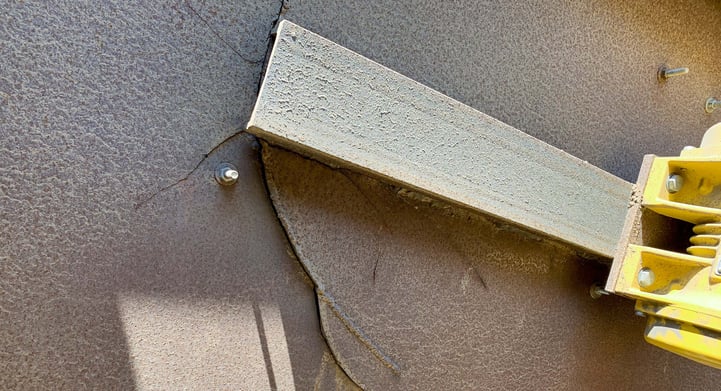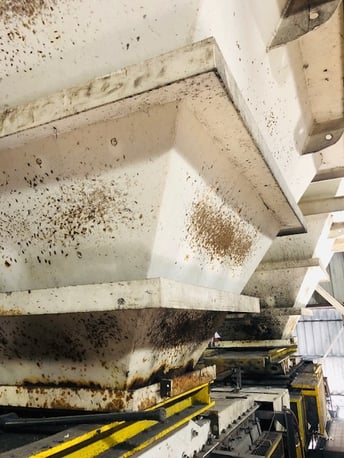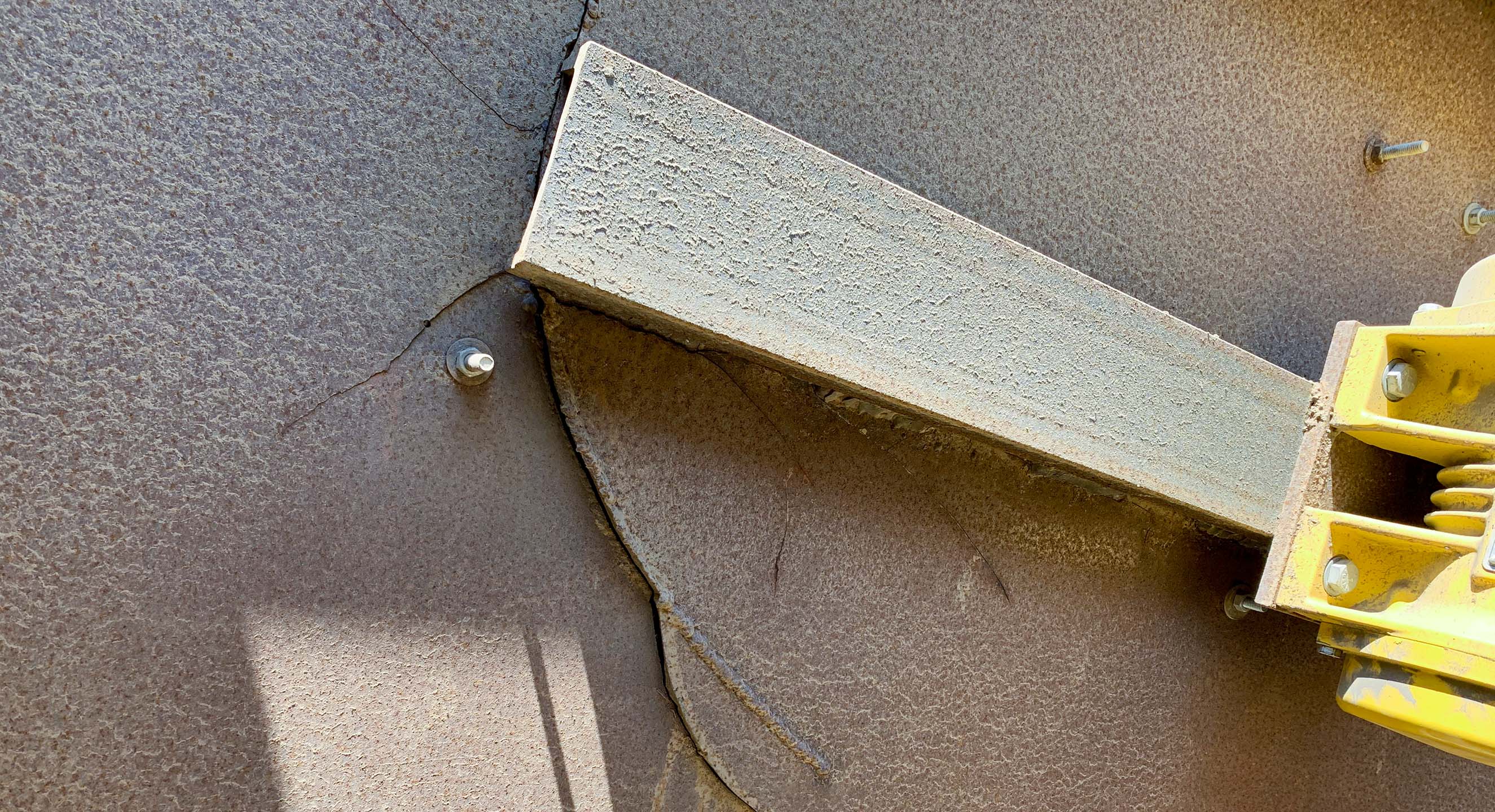By Larry Horrie on Apr 2, 2021 10:45:00 AM
A common concern that I occasionally hear is “I have material flow issues through my bin, hopper, or chute and I’ve tried vibrators in the past but they cracked my hopper wall.” Once the cracks form, there is little that can be done to keep them from reappearing if the source of the problem isn’t addressed.

There are some things to consider:
- What is the wall thickness of the hopper?
- How is the vibrator being operated?
- How was the vibrator selected?
- Is the vibrator properly installed?
Let’s dive into the items mentioned above.
Wall thickness matters - We use guidelines that tell us how much vibratory force that we can apply on any given wall thickness. If too much force is applied on a thinner wall then flexing of the wall is certain to occur, causing metal fatigue which then turns into cracks.
Operation guidelines - I have probably stated the following multiple hundreds of times: “never operate the vibrator on an empty hopper...only operate the vibrator when you are discharging material.” If a vibrator operates on an empty hopper, those forces are going somewhere, including the welds.
Vibrator selection – I found that many vibrators in service today have been chosen incorrectly. Often when a material flow issue becomes a problem, the maintenance staff will go to the storeroom and pull a vibrator off of the shelf that was initially put into stock for a totally different application. But because of a one-size-fits-all approach, they’ll slap it on the vessel. Another method of vibrator selection is where someone will go to one of the big catalog companies and order something that they think will work...for a cheap price. Caution: if you research buying industrial vibrators at one of those online retailers where you pay $9.99 a month to stream their video content and get the bonus of free shipping...be careful because that search can yield some NSFW (not suitable for work) results!
Installation – a properly sized vibrator, installed correctly, will help move the material with little risk of damage to the vessel.

We use a systematic approach to properly sized and applied vibration to ensure continued material flow while significantly reducing the risk of damaging the structure.
With some specific information about the unique application (no two are the same), we can determine and recommend:
- How much vibratory force is needed to effectively stimulate the continued flow of material
- What limitations may exist due to wall thicknesses
- The proper location and installation specifications
- Operation of the vibrator(s)




comments